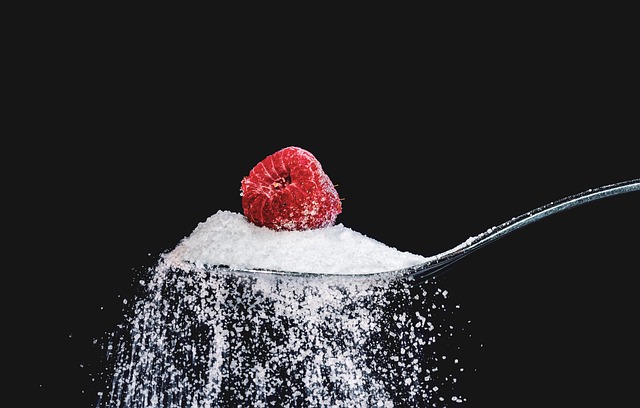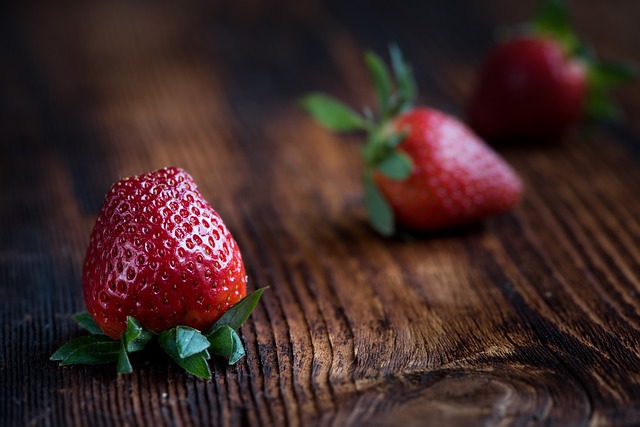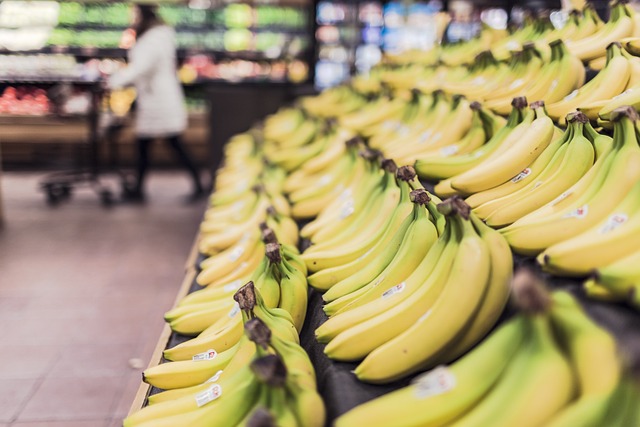Beyond Yogurt: Surprising Sources of Probiotics You Didn’t Know About
When we think of probiotics, the first thing that typically comes to mind is yogurt. Sure, yogurt is a great source of these beneficial bacteria, but did you know that there are other surprising sources of probiotics too? In this blog post, we will explore some unexpected ways to incorporate probiotics into your diet for optimal gut health. So, let’s delve into the world of probiotics beyond yogurt!
Kombucha
Kombucha, a fermented tea beverage, is gaining popularity as a refreshing and healthy drink. This fizzy drink is made by fermenting sweetened tea with a culture of bacteria and yeast known as a SCOBY (Symbiotic Culture of Bacteria and Yeast). The fermentation process produces an effervescent drink packed with probiotics, vitamins, and organic acids. Kombucha is available in various flavors and is a tasty way to add probiotics to your diet.
Sauerkraut
Sauerkraut, a traditional German dish, is made by fermenting cabbage with salt. During fermentation, natural bacteria convert the sugars in cabbage into lactic acid, giving sauerkraut its signature tangy taste. The fermentation process allows the growth of beneficial bacteria, including various strains of Lactobacillus. Including sauerkraut in your meals not only adds flavor but also provides a healthy dose of probiotics.
Miso
Miso, a staple in Japanese cuisine, is a paste made from fermented soybeans, rice or barley, salt, and a mold called koji. The fermentation process can take anywhere from a few weeks to several years, resulting in a rich, salty paste with a unique umami flavor. Miso is commonly used as a base for soups, dressings, and marinades. Apart from adding depth to dishes, miso also brings along a host of beneficial bacteria that support gut health.
Pickles
Pickles are cucumbers that have been fermented in a solution of water, vinegar, salt, and spices. During the fermentation process, lactic acid bacteria naturally present on the cucumbers convert the sugars into lactic acid, giving the pickles a distinct sour taste. These pickles, commonly found in sandwiches and burgers, offer a crunchy texture and a dose of probiotics. However, it’s important to note that commercially prepared pickles sometimes undergo pasteurization, which kills the live bacteria. To reap the probiotic benefits, look for traditionally fermented pickles or try making your own at home.
Tempeh
Tempeh, a popular plant-based protein source, is made from fermented soybeans. The fermentation process involves inoculating cooked soybeans with a starter culture, typically Rhizopus oligosporus or Rhizopus oryzae, and allowing it to ferment for a specific period. This fermentation creates a firm, nutty-tasting cake that can be sliced, marinated, and cooked in various ways. Besides being a great source of protein, tempeh also provides a good amount of probiotics, making it a fantastic addition to vegetarian and vegan diets.
Kimchi
Kimchi, a Korean side dish, is made by fermenting vegetables such as napa cabbage, radishes, and scallions with salt, garlic, ginger, and Korean red pepper flakes. The fermentation process infuses the vegetables with a tangy, spicy flavor while promoting the growth of lactic acid bacteria. Kimchi is known for its probiotic content and is often enjoyed on its own or added to dishes like stews, rice bowls, and salads. With its vibrant flavors and range of health benefits, kimchi is a must-try for probiotic enthusiasts.
Conclusion
While yogurt is undoubtedly a fantastic source of probiotics, it’s exciting to discover that there are numerous other options available to introduce these beneficial bacteria into our diet. From kombucha to sauerkraut, miso to pickles, tempeh to kimchi, each of these surprising sources brings unique flavors and textures while supporting our gut health. So, don’t limit yourself to just yogurt – explore and incorporate these varied probiotic-rich foods into your meals for a healthy and happy gut!







